Techno Mart (Sucursal de Gangbyeon) (테크노마트 강변점)
10.5Km 2024-02-21
Gwangnaru-ro 56-gil 85, Gwangjin-gu, Seúl.
Piscina de Jamsil del Parque del Río Hangang (한강시민공원 잠실수영장(실외))
10.6Km 2025-05-29
Hangaram-ro 65, Songpa-gu, Seúl.
El Parque del Río Hangang tiene 6 piscinas en total. El precio de la entrada es muy barato en comparación con la tarifa de otras piscinas al aire libre y tiene la calidad del agua y mantenimiento muy bien controlados. Para la comodidad de los visitantes, disponen también de intalaciones como quioscos, tiendas de venta de artículos de natación, etc.
Spring Walk Seoul (스프링워크서울)
10.6Km 2025-04-18
Hangangnanji-ro 162, Mapo-gu, Seúl
070-4705-2008
Parque Jamsil del Río Hangang (잠실한강공원)
10.6Km 2024-02-27
Hangaram-ro 65, Songpa-gu, Seúl.
El Parque Jamsil del Río Hangang se sitúa en la zona sureña de Gangbyeon, entre los puentes Jamsilcheolgyo y Yeongdongdaegyo. En sus alrededores se encuentran el Complejo Deportivo de Jamsil, Lotte World y el Parque Olímpico. Tiene un jardín excelente de flores silvestres y plantas exóticas que resultan ser un lugar ideal de aprendizaje para los niños que desean estudiar el ecosistema del río. También hay una ruta exclusiva de peces llamada "Eodo" y el parque organiza programas de estudio en base a esta ruta. En la cafetería River View Bom y en el barco de recreo Nuenaru, los visitantes podrán disfrutar de la hermosa vista nocturna del río Hangang.
Monte Bonghwasan en Seúl (봉화산(서울))
10.6Km 2022-09-14
Sinnae-ro 21-gil, Jungnang-gu, Seúl.
El monte Bonghwasan (160 metros de altitud) del distrito de Jungnang-gu de Seúl ofrece bonitas vistas de los montes Buramsan, Dobongsan y Namsan. Desde esta montaña, los senderistas alcanzan a ver la ciudad de Yangju al norte, en la provincia de Gyeonggi-do. Oficialmente designado como “parque municipal” en julio de 1977, el monte Bonghwasan dispone de varias instalaciones, entre las que se encuentra la torre de Achasan Bongsudae (restaurada en 1994) en la cima. Cerca de la cima también se encuentran el santuario Sansingak, que cada año alberga el Bonghwasan Dodanggut (Propiedad Cultural Intangible de Seúl), un rito chamánico celebrado en el tercer día del tercer mes lunar.
Parque de la Ciencia de Seúl (서울특별시교육청 과학전시관)
10.6Km 2024-12-05
Nakseongdae-ro 101, Gwanak-gu, Seúl.
El Parque de la Ciencia abrió en julio de 2004 como centro educativo científico e instalaciones de práctica para estudiantes y profesores, así como también como lugar de cultura para los ciudadanos de Seúl.
Parque Ecológico del Monte Achasan (아차산생태공원)
10.7Km 2021-05-05
Walkerhill-ro 127, Gwangjin-gu, Seúl.
+82-2-450-1655
Para llegar a la Plaza Haemaji ("saludar el sol", en coreano), tendrá que caminar cuesta arriba durante unos 30 minutos desde el sendero situado al lado del Parque Ecológico del Monte Achasan. La caminata no requiere mucho esfuerzo, ya que los senderos tienen buena infraestructura y la pendiente es muy leve. Solo tiene que seguir las señales que llevan a la Plaza Haemaji o a Goryeojeong, ya que los dos puntos están a solo 200 metros uno del otro.
Déjese envolver por el aroma del bosque y la naturaleza circundante mientras camina, y de un momento al otro se encontrará ya en la Plaza Haemaji. El Festival del Amanecer en el Monte Achasan, celebrado cada año el 1° de enero, es muy famoso.
Seonungak (한옥카페 선운각)
10.7Km 2024-08-12
223 Samyang-ro 173-gil, Gangbuk-gu, Seoul
Dooly Museum (둘리뮤지엄)
10.7Km 2025-03-27
Sirubong-ro 1-gil 6, Dobong-gu, Seúl
Taerim Sanchaejeongsik (태림 산채정식)
10.7Km 2024-11-29
32, Nohae-ro 60-gil, Dobong-gu, Seoul
+82-2-998-5468
This restaurant is famous for its dishes of wild vegetables, Deodeok and roots of balloon flowers.
Grilled sliced pork comes with Table d’hote of assorted wild vegetables and grilled Deodeok, and is also very tasty. Water kimchi made from mineral water is deliciously spicy as well.
*Best Korean Restaurant as designated by The Seoul Metropolitan Government
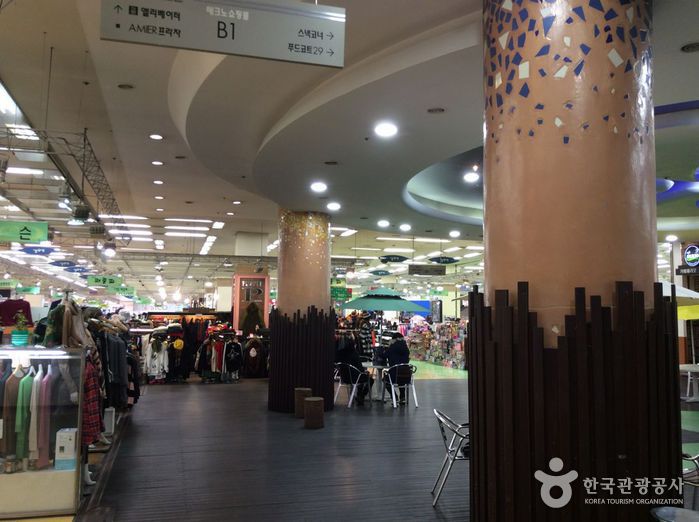


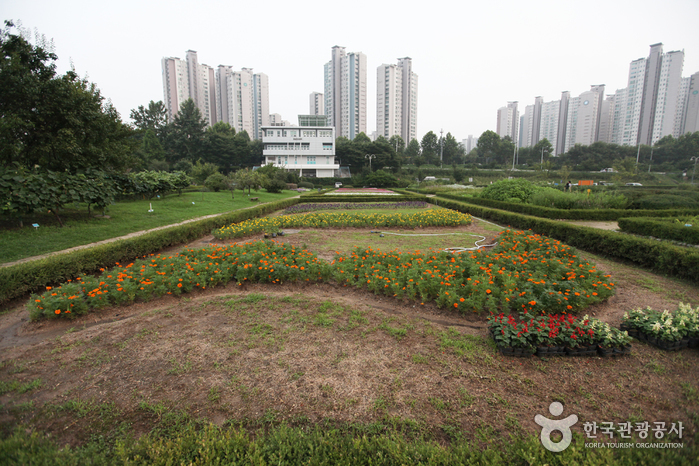
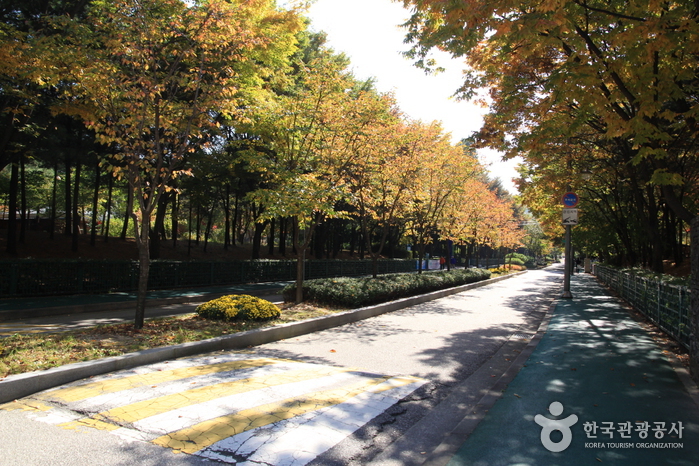
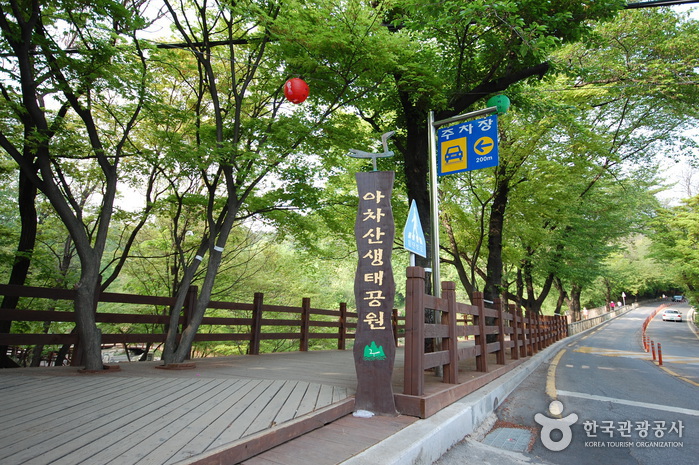
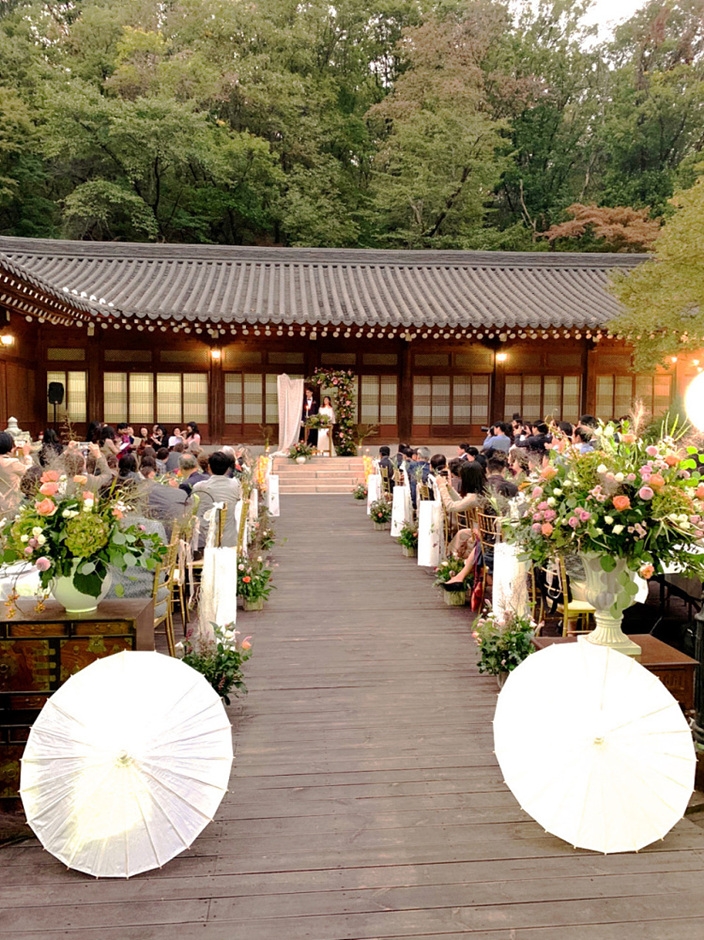
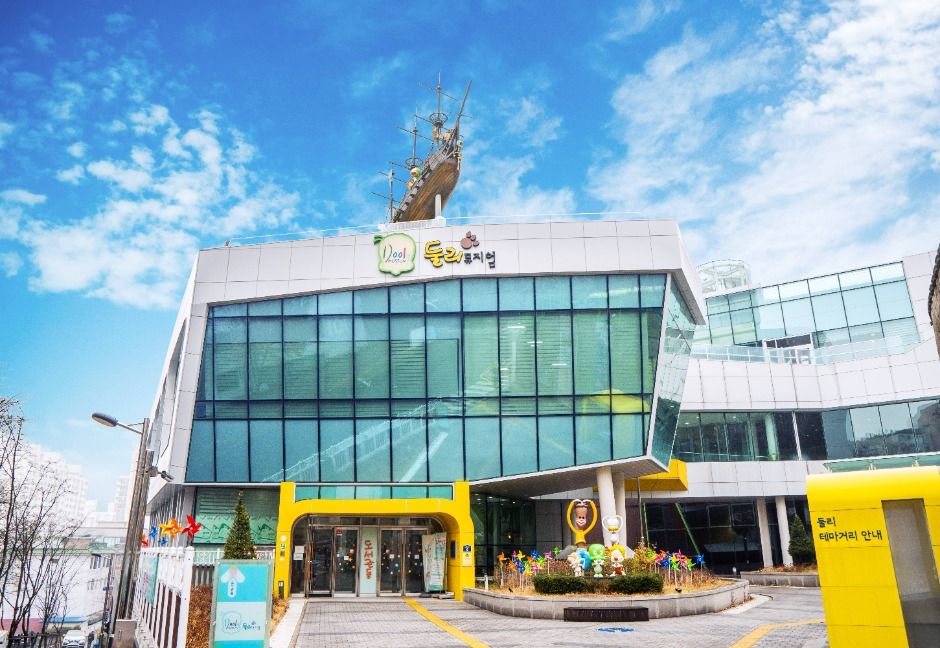
 Español
Español
 한국어
한국어 English
English 日本語
日本語 中文(简体)
中文(简体) Deutsch
Deutsch Français
Français Русский
Русский